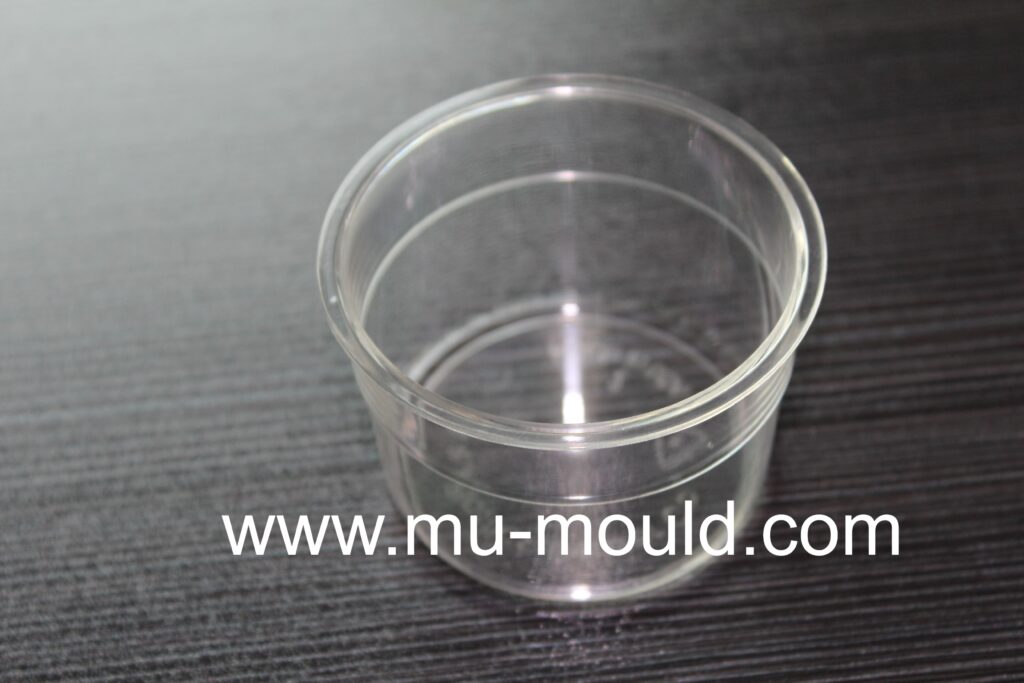Uneven wall thickness in injection molding can be due to several factors:
.Mold Design: The design of the mold can significantly affect the thickness of the walls. If the mold is not designed correctly, it may lead to uneven distribution of the plastic material, resulting in uneven wall thickness.
.Injection Pressure: If the injection pressure is not set correctly, it can lead to uneven filling of the mold cavities, causing uneven wall thickness.
.Material Viscosity: The viscosity of the plastic material can also affect the wall thickness. If the material is too viscous, it may not flow evenly into the mold cavities, causing uneven wall thickness.
.Cooling Rate: The rate at which the plastic material cools can affect the wall thickness. If one part of the mold cools faster than another, it can lead to uneven shrinkage, resulting in uneven wall thickness.
Mold Temperature: The temperature of the mold can impact the cooling and solidification process of the plastic material. If the mold is not heated evenly, it can cause uneven wall thickness.
.To avoid these problems, it’s important to properly design the mold, set the correct injection pressure, choose the right plastic material, control the cooling rate, and maintain a uniform mold temperature.

How to solve the uniform wall thickness of ring type products for injection molding?
1:Check whether the sizes of mold components are correct?
2: Check if the mold design is reasonable, the gate point should be balanced at the bottom of the center of the ring product;
3: Check the volume and size of cavity mold insert fixed on the B plate is too small? this will cause the cavity mold insert swinging and shaking during injection, which will lead to the uneven wall thickness of the product, if you want to solve this problem, consider remaking a new cavity mold insert with bigger swinging instead old one, but the cost is too high. To find better solution with cheaper and effective to solve the uniform wall thickness of ring type products, please contact us right now!
